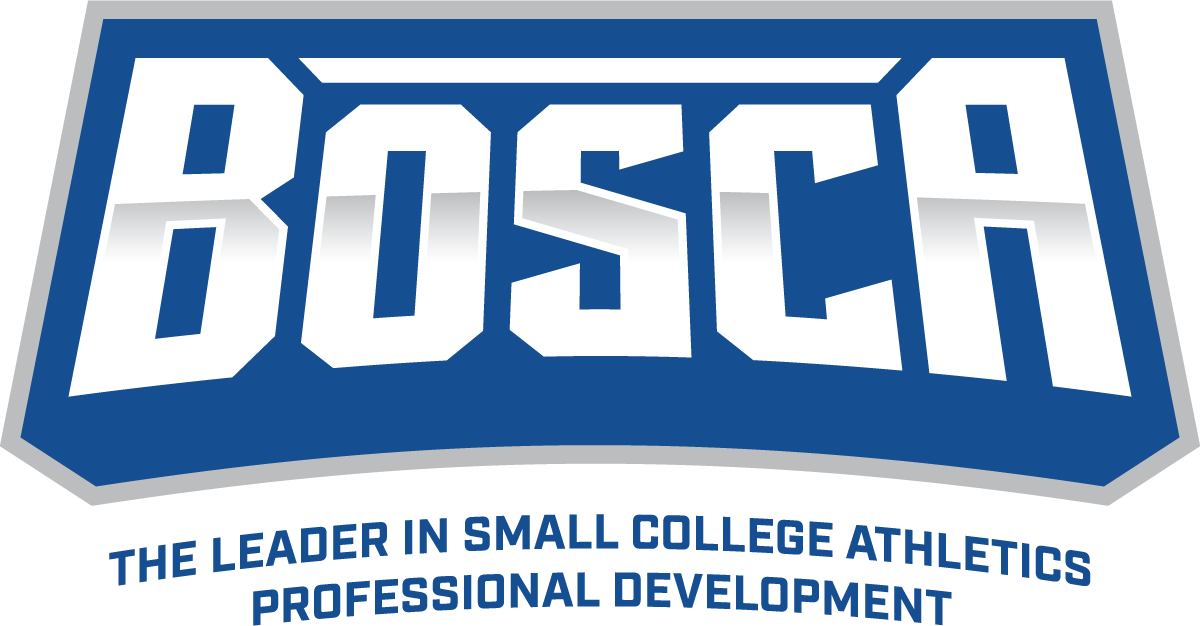Don't Just Join...LEAD
Aspire for leadership roles in professional development organizations.
Presented By:
I attended a professional development session led by a search consultant a few years ago. During the session the consultant was sharing some of the attributes that colleges were looking for in searches for Athletic Directors. Many of these attributes were common: proven ability to manage resources, experience hiring successful coaches, demonstrated fund-raising expertise, etc. The consultant went on to say that schools weren’t just looking for individuals that were “members” of professional development organizations…they were looking for individuals that “lead” their professional development organizations.
Like many in
our profession, I just returned from the preeminent professional development
conference for collegiate athletic administrators….NACDA. NACDA brings together 7,000 attendees
representing 17 different associations that cover every imaginable area in our
profession. Many of the folks that
attend the event are Athletic Directors and many want to be an A.D. The challenge is: How do you stand out among
7,000 (or more appropriately 50,000) folks when building your personal profile?
I became an
Athletic Director in 2002 at the age of 38.
I was naïve, ill-prepared, and not very good at my job. I diligently attended the NAIA and NACDA
conventions and attended sessions geared toward me. I was drawn to the folks who led these
sessions or who were engaged in leadership in various organizations. This ultimately led me to a lunch with Larry
Carpenter who was at the time the President of the NAIA Athletic Director’s
Association. In a nutshell, I told Larry
that I wanted to be more involved and he made it happen. He nominated me for the secretary’s position
on the ADA board and away I went.
From there I
continued to expand my service on the conference and national level. I serve on multiple national committees
within the NAIA, have presented multiple sessions at the Business of Small
College Athletics (BOSCA), NAIA, and NACDA conventions. I also currently serve on the executive
committee for NACDA. Naturally, each of
these opportunities requires a commitment of time and, in some cases,
resources. I have to be careful that
none of these commitments takes away from my full-time job. The positives of my involvement far outweigh
any negatives. My involvement brings
increased awareness for my university and for me personally, gives me access
and the ability to network with other leaders in collegiate sports, makes me
aware of issues in collegiate sports as they are coming into focus, and gives
me an opportunity to add my perspective and input on issues that shape our
industry.
I have the
benefit of 16 years in my position and have grown my involvement steadily over
the past 12-13 years. Here are 5 ideas
that might help you position yourself to be more engaged and eventually lead.
JOIN – Join
NACDA, even if you have to pay for it yourself, and find the right affiliate
organization within NACDA for you(NAADD, NACMA, N4A, etc).
GET INVOLVED – Attend every session that you can and get to know the leadership. Keep in mind that NAADD, for example, is run by folks like you that work full-time on a campus. In addition to that, they are responsible for putting on a great professional development experience each summer. NAADD is always looking for folks to help present sessions, to become a conference representative(keep folks in your conference up to date on NAADD news), etc. Rather than waiting to be asked to present, why not propose an idea yourself? The more involved you are the more you become known and trusted…and the more likely you will be considered for a board position in the future. Leadership, like so many other things in life, is earned. You’ll do a lot of grunt work before you become a leader…just like the current leaders did.
SERVE and SHARE – Two good friends of mine, Brian Sisson and Matt Donovan, helped create a professional development opportunity within their own conference. Look for opportunities on your campus, within your conference, or on the National Level (NAIA, NJCAA, or NCAA) to serve on committees and to contribute. The ability to express and share your expertise has never been easier than it is today. Utilize social media (Twitter, LinkedIn, etc) to share your ideas and expertise.
NETWORK –
Get to know the folks that are in the leadership positions that you aspire
to. Ask them what they do, why they do
it, and how they do it. Ask for their
advice on how you can become more engaged.
Whether it is a vote by a larger group or just the board members…your
opportunity to serve will be determine by others.
GROW –
Develop a hunger for knowledge and growth.
The more you grow the bigger the impact you make on your department will
be. At the same time your stature and
the recognition that you receive from those on campus, and around the country,
will increase. Generally, the folks
leading organizations started at the bottom and made tons of mistakes…just like
you. Seek out every opportunity to learn
and grow and share the wealth (help those around you do the same thing!).



